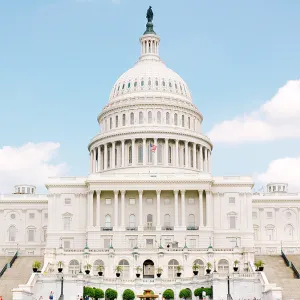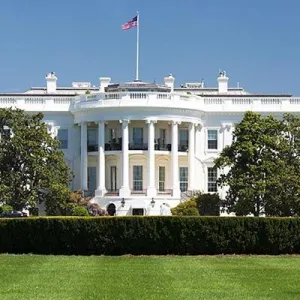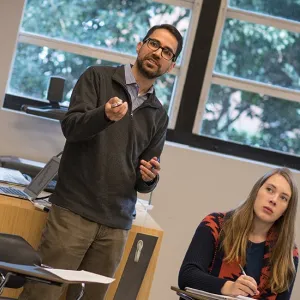Fourteen of the nation’s leading Ph.D.-granting institutions founded the Association of American Universities (AAU) in February 1900, at a two-day conference at the University of Chicago.
At the time American institutions received little respect from the major universities of Europe, and U.S. students were flocking overseas for their graduate education, particularly to Germany.
Unlike in Europe, American higher education was decentralized and it was largely unregulated. Diploma mills proliferated and even shaky institutions could call themselves “universities” and award Ph.D.s.
The Call
Worried that this lack of uniform standards was hurting the reputations of U.S. universities, the presidents of the University of Chicago, Columbia University, Harvard University, The Johns Hopkins University, and the University of California issued an invitation to colleagues at nine other institutions.
In their letter, the presidents said their goals were to bring about “greater uniformity,” raise “the opinion entertained abroad of our own Doctor's degree," and advance “the standard of our own weaker institutions."
The Chicago Meeting
At the meeting in Chicago, presidents and graduate deans from the 14 universities agreed to work together on major issues facing higher education. One result of their collaboration was AAU’s proposal to establish a standard meaning for such terms as department, course, college, and school. These standards were eventually agreed to by the broader higher education community.
Of the original 14 universities, 11 were private and three were public. By 1909, eight more public universities had been invited to join, making the composition of the organization half public and half private. Membership grew slowly over the years and now stands at 62, about evenly divided between public and private U.S. universities, plus two Canadian institutions.
AAU Takes on Quality Assurance
Almost as soon as AAU was founded, German universities began using AAU membership as a measure of quality for graduate school admissions. The founders did not want the association to grow too rapidly, so rather than expand its membership, AAU in 1914 took developed a list of U.S. institutions whose graduates were deemed capable of succeeding at European universities.
The “AAU Accepted List,” grew over the years, with graduate deans conducting fact-finding campus visits. Even when regional accrediting groups arose in the 1920’s, the AAU Accepted List retained its cachet, and was not abandoned until 1948.
AAU today remains an invitation-only association; its membership criteria are widely viewed as a measure of quality in research universities.
Expanded Role with the Federal Government
In the late 1930’s, AAU began to expand its attention beyond institutional issues such as accreditation and graduate education, as the federal government began looking to universities for policy and scientific expertise. The relationship continued to grow through World War II.
At the end of the war, the director of Franklin Roosevelt’s Office of Scientific Research, Vannevar Bush, wrote a seminal report, Science—the Endless Frontier, which made the case for federal support of basic research at universities as the forefront of technological advancement. The report said:
"The publicly and privately supported colleges and research institutes are the centers of basic research… As long as they are vigorous and healthy and their scientists are free to pursue the truth wherever it may lead, there will be a flow of new scientific knowledge to those who can apply it to practical problems in Government, in industry, or elsewhere."
Following the war, the federal government began significantly expanding funding for university research through the existing NIH and the Office of Naval Research. In 1950, Congress created the NSF. AAU became a forum for addressing new issues and meeting their obligations as university leaders.
AAU Opens a DC Office
Five years later, in 1962, AAU opened a Washington office with a single staff person, and in 1969, created the Council on Federal Relations, a group of campus officials tasked with paying close attention to federal issues. In 1977 AAU hired its first president — Thomas Bartlett, former president of Colgate University — and professional staff who focused on funding and policy issues around scientific research, graduate education, and the humanities.
As the number of federal issues affecting research universities continued to grow, AAU stepped up its work with its own constituent groups — particularly the Council on Federal Relations — and with other higher education associations and scientific societies, industry groups, and multi-sector coalitions. Those collaborations continue. AAU continues to be run by the presidents and chancellors of its member universities.
AAU member universities make up a small fraction of the more than 4,000 higher education institutions in the United States, but play a major role in the nation's prosperity, health, and wellbeing. The AAU universities in the U.S. award 45 percent of the nation’s research doctorates and receive 59 percent of the federal funds for academic R&D.
For more information about AAU’s history, see The Association of American Universities: A Century of Service to Higher Education, 1900-2000




